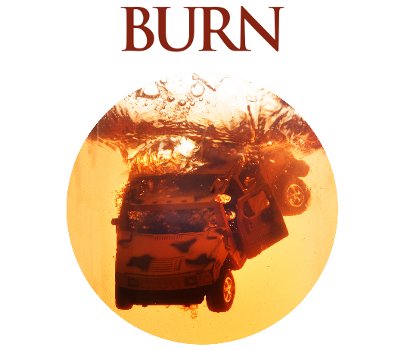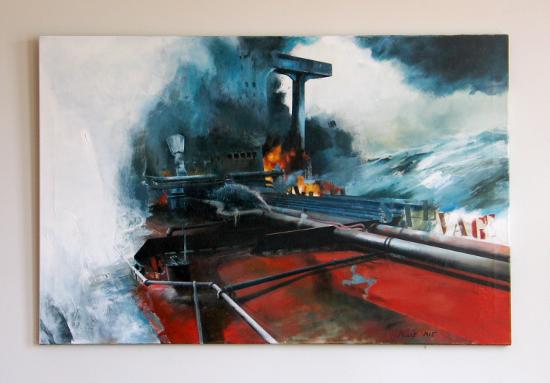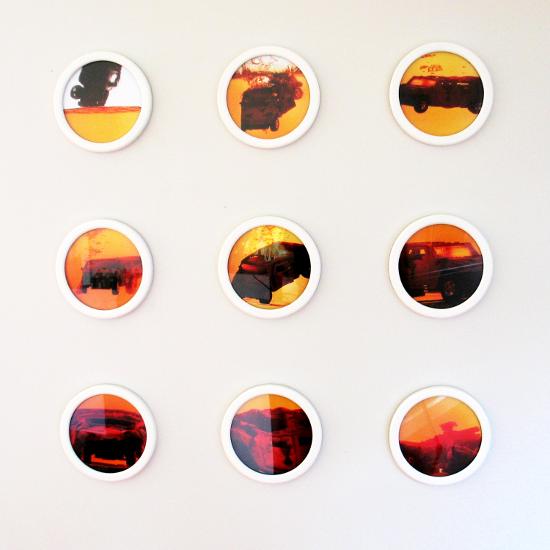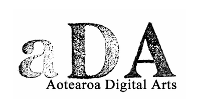Burn

An exhibition of oil paintings, photographs, video and assemblage that explores relationships between art and oil. The exhition is timed to coincide with Energetics and Informatics - the Ada Symposium 2010, Whanganui.
Sophie Jerram (Refined Life) .nz, Michael Marcovici (After BP) .it, Leigh Mitchell-Anyon (Gas Guzzling Cars) .nz, Felicity Priest (Exocet) .uk, Julian Priest (Plastic Drift) .nz, Superflex (Burning Car) .dk, Ubermorgen (Deep Horizon).de
Exhibition opening
Materials
After BP (2010)
'There was a flaw in BP´s illustration of its Gulf rescue operation, they forgot the oil.... so I decided to rework their images for better understanding. BP´s illustration actually shows the situation before the incident.'
Burning Car - the first film by SUPERFLEX depicts an empty car on fire. Filmed in a single long take, with a deadpan cinematic approach that features smooth panning shots and close-ups, Burning Car plays with the seductive vocabulary of car advertisements. The film can be seen as a response to the riots sweeping through Western Europe in 2005-2007, and media depictions of political unrest. In many ways, it confronts the cheap sensationalism that turned the burning car into a potent symbol for disorder.
With thanks to Propeller Group, Vietnam
Crude Oil Collection
Finally oil painting has evolved into generative bio-art, a dynamic process the world audience can watch live via mass media. Never before has this art form been as revelant and visible as today - only 9-11 was nearly as perfect, but in the genre of performance art. An oil painting on a 80.000 square miles ocean canvas with 32 million liters of oil - a unique piece of art.
We exclusively use aeriall images from the oil spill. The files are ready-mades but we waived our right to use them "as is" and decided to use a special digital technique to produce a statement about the disconnection of form and color and about contemporary and futuristic imaging procedures. We use a compressor (sorenso codec) and consumer video editing-software and manually loop 2 frames, the image becomes liquid, transforms and deformes. These visualisations represent the "Verkuenstlichung" of nature and the "Vernatuerlichung" of art. Unedited oil-paintings of the event can be found via search-engines, on boston.com or on the NASA Earth Observatory website.
UBERMORGEN.COM are well known for similar projects. What they wanted to achieve with these alienating and retro-visual "web-paintings", as they call it, is not clear. "Since we work for digital penetration of the art market " declared Hans Bernhard "we should get used to radical changes of our networked point of view and in particular about new forms of digital painting".
"I saw the NASA earth observatory images and I was blown away", lizvlx stated "Finally traditional painting made its comeback as a high-tech innvovative art form and not as the starving grandparent of photography, video, digital art and performance. As a former painter I am thrilled and as a digital artist I want to work this material until it bleeds".
"We're breaking new ground here. It's hard to formulate a defense for an artwork exploiting a human caused desaster that has no precedent, which is what this is," Curator Felix Vogel said, defending the artist duo UBERMORGEN.COM against not writing a response for "what is just a shift of perspective what you couldn't anticipate, but possibly with big impact on the art business."
After the images and the video circulated online the feedback hit hard on UBERMORGEN.COM: "It is perverted and sick to compare a mass media spectacle and natural desaster with the century old tradition of fine art painting" comments a curator who chose to remain anonymous "it is obvious that this comes from the ice-breaking european techno-art avant-garde. They step onto our fine tradition without the slightest idea of the consequences - and i am not talking about the butterfly effect"!

Late in 1984, Captain Ian Tew, skipper of the Salvage Tug Salvaliant on a brief visit to UK from a busy time in the waters of the Arabian Gulf salvaging oil tankers caught in the midst of the war between Iran and Iraq, (later known as 'The Tanker War') commissioned me to paint a particular event in which he had been the salvor - the attack by exocet by the Iraqi Air Forces and subsequent demise of a fully laden tanker named Al Ahood. Supplied with his personal account of the event and his own extensive photographic reference, I made a body of work, from which one oil painting was gifted by him to the Insurance Company in London.
The oil painting Exocet shows the ship in the earlier stages of the salvage; all paint from the accomodation tower has burnt off and the structure is beginning to distort in the heat, whilst the fire still rages in the bowels of the ship. Part of the cargo of crude oil is still burning, the remainer yet to be extracted.
Extinguish records a later stage of the salvage.
Gas Guzzling Cars (2010)

Oil surrounds us everywhere, it is the very fabric of modern society - however the so-called 'Black Gold' has the ability to also undo us. The plastic cars are almost identical replicas of standard issue U.S. Military vehicles, the Humvee - but only almost. In fact, they are only toys - produced in China and made almost entirely of plastic. Plastic, which we know is a derivative of oil, is being destroyed by the very thing that brought it into being. The reversal is a potent reminder of the juxtaposition these two products offer when brought together, destruction versus power.
'Grey, Sweden just visible, indistinct horizon, light snow fall, .5 mm hail shower bouncing off the pebbles with a pinging sound. Sand dusted white. Strong onshore wind, waves high.
After many days of walking the same walk along the same Gilleleje beach everyday and seeing a plastic red fish crate washed up on the beach, full of sand, moving its bulk to different spots on the beach at the whim of the tides, the weather and the waves, I decided to take the drift plastic plunge.
Months previously I had noticed a green rocket, one of many munition cases left after the explosive Gilleleje new years eve ritual aresenal detonation. Other firework detritus, such as flare parachutes and cardboard multi-shot rocket launch packs had long since bio-degraded. The green plastic rocket case remained. Last week i noticed a pink children's dummy and a fushia plastic cup sitting in the lapping surf.
During the walk I found a piece of green plastic that looked like seaweed, I picked it up and so began a drift plastic collection.'
